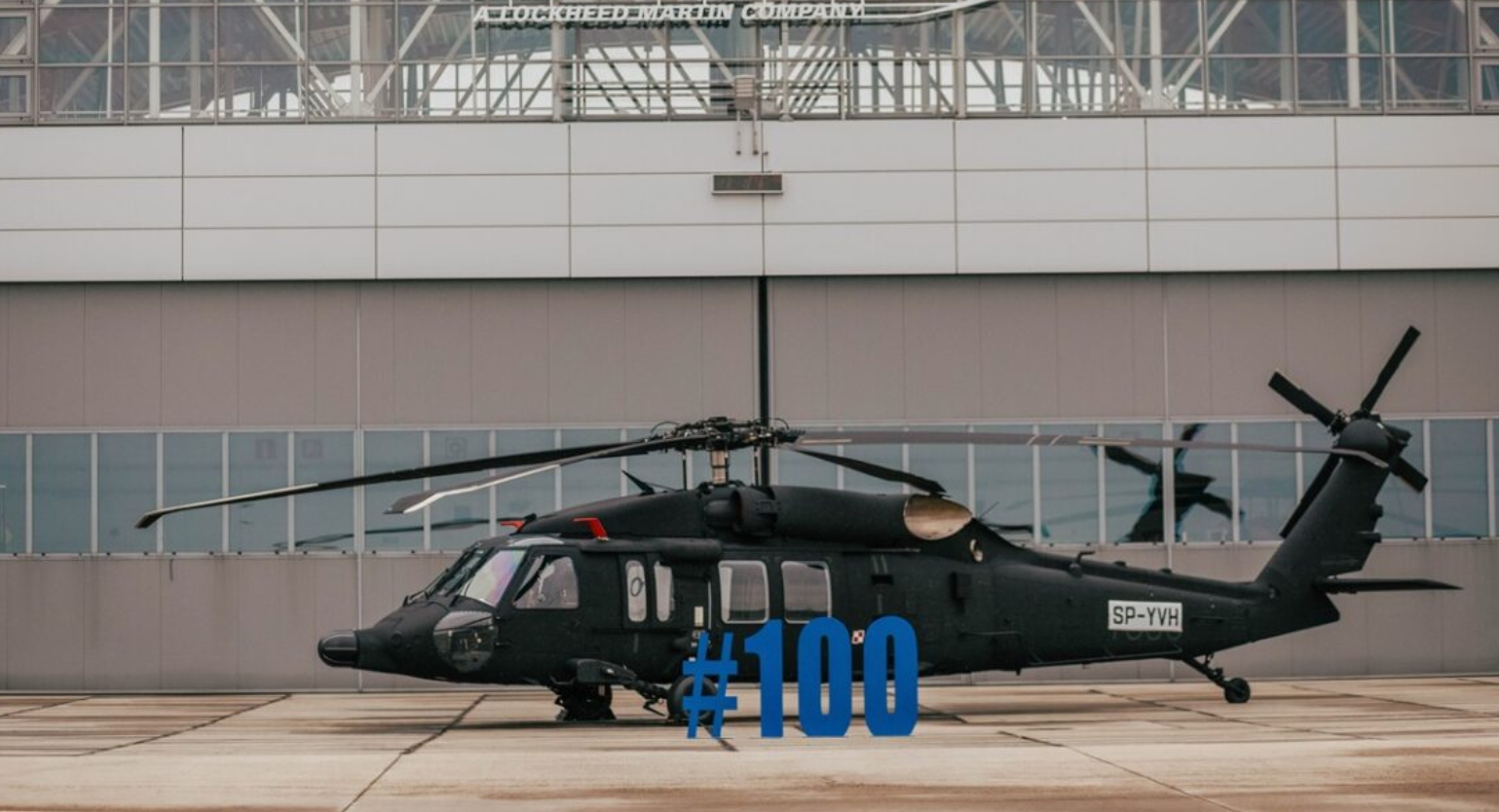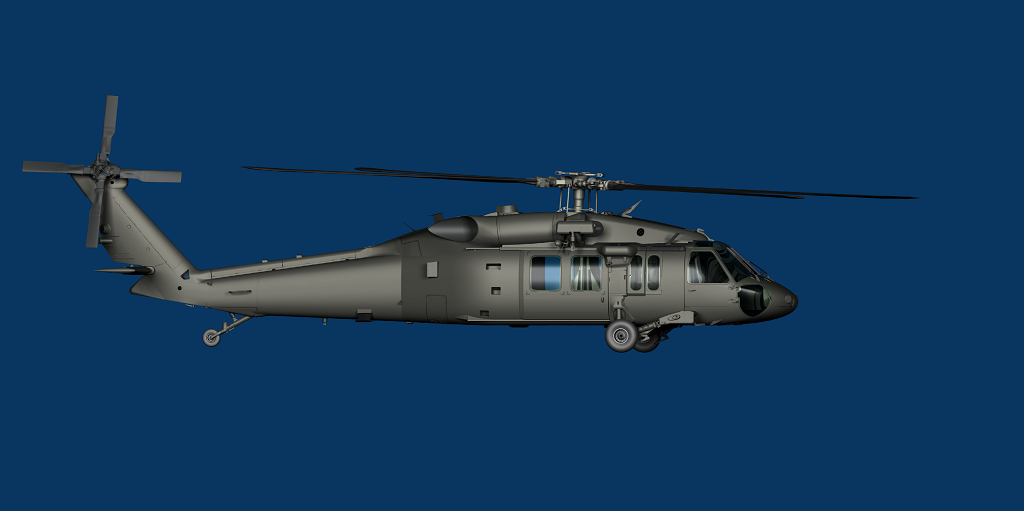Sikorsky S 70: Reinventing Tactical Operations with Cutting-Edge Modern Technology
Wiki Article
High-Performance Multi-Role Rotorcraft Featuring Advanced Cabin Technologies and Integrated Sensing Unit Solutions
The realm of rotorcraft innovation has seen noteworthy advancements in recent times, specifically in the realm of high-performance multi-role rotorcraft equipped with advanced cabin modern technologies and perfectly incorporated sensor systems. These advancements have not just enhanced the operational capacities of rotorcraft but have also considerably affected contemporary aeronautics operations on various fronts. From enhanced goal flexibility to enhanced operational performance, the convergence of innovative cockpit technologies and integrated sensing unit systems has actually ushered in a new era of opportunities for rotorcraft applications. In the following discussion, we will check out the advancement of rotorcraft modern technology, look into the world of advanced cabin innovations, and take a look at the implications of incorporated sensor systems on the operational adaptability and effectiveness of modern-day rotorcraft.Advancement of Rotorcraft Innovation
The advancement of rotorcraft modern technology has actually been marked by significant advancements in aerodynamics, products, and propulsion systems, shaping the capacities and performance of modern-day rotorcraft. In addition, developments in propulsion systems, consisting of extra powerful engines and cutting-edge propulsion technologies, have actually enabled rotorcraft to achieve higher elevations, faster speeds, and better payloads.These developments have not just changed the capacities of rotorcraft yet have actually also expanded their applications throughout various sectors, consisting of armed forces, industrial, and emergency situation services. The constant evolution of rotorcraft innovation continues to drive technology in the area, pressing the borders of what is feasible and forming the future of vertical flight.
Advanced Cockpit Innovations
Building upon the foundational innovations in aerodynamics, materials, and propulsion systems, the realm of rotorcraft technology now changes focus in the direction of introducing Advanced Cockpit Innovations. The assimilation of advanced technologies within the cockpit atmosphere plays an essential duty in improving the operational abilities, safety and security, and effectiveness of modern rotorcraft. sikorsky s 70. Advanced Cabin Innovations incorporate a wide array of functions developed to provide pilots with boosted situational recognition, structured data monitoring, and instinctive control interfacesAmong the essential innovations in cockpit style is the execution of glass cabins, which replace conventional analog determines with high-resolution display screens. These digital systems provide customizable designs, real-time information combination, and enhanced readability, enabling pilots to accessibility vital info at a glance. In addition, progressed avionics systems, such as fly-by-wire controls and boosted reality displays, are changing exactly how pilots connect with the aircraft, enabling precise control and boosted decision-making capabilities.


Integrating innovative cockpit technologies not only boosts pilot performance yet additionally adds to general goal performance and security in complex functional settings. By leveraging cutting edge technologies within the cockpit, rotorcraft manufacturers are establishing new requirements for operational quality and goal success.
Integrated Sensing Unit Solutions
With the evolution of rotorcraft modern technology, the integration of advanced Integrated Sensor Solution has ended up being paramount in enhancing operational effectiveness and safety. These Integrated Sensor Equipments encompass a vast selection of innovations that give essential data for different functions such as navigating, security, targeting, and environmental monitoring. By perfectly integrating sensing units like radars, video cameras, lidar, and infrared systems right into rotorcraft, drivers can benefit from enhanced situational recognition, improved mission capacities, and minimized pilot work.One secret advantage of Integrated Sensing unit Solutions is their capability to gather real-time data and give actionable insights to pilots and objective drivers. For instance, progressed radar systems can identify and track targets over cross countries, permitting early threat detection and reliable response planning. Furthermore, integrating electro-optical and infrared cameras allows rotorcraft to perform reconnaissance and security goals with accuracy and precision.
In essence, the assimilation of sophisticated sensor technologies right into rotorcraft not just improves functional performance but also contributes significantly to total mission success and crew safety and security. As rotorcraft continue to progress, the duty of Integrated Sensing unit Equipment will undoubtedly remain at the forefront of why not try here development in the aerospace market.
Operational Adaptability and Efficiency
Enhancing functional flexibility and efficiency in rotorcraft is an all-natural development from the combination of innovative Integrated Sensing unit Solutions. By leveraging the understandings and information provided by these advanced sensing unit systems, rotorcraft can maximize their efficiency throughout different objectives and environments.Operational adaptability includes the capability of rotorcraft to adapt to various functions and scenarios successfully. With advanced cabin innovations and integrated sensor systems, rotorcraft can perfectly shift between jobs such as search and rescue, clinical evacuation, security, and much more. This flexibility enhances the rotorcraft's ability to fulfill diverse operational needs without requiring extensive reconfiguration.
Efficiency in rotorcraft operations is critical for making the most of mission efficiency and source usage. Integrated sensing unit systems play a critical role in improving operational efficiency by giving real-time data on climate condition, terrain mapping, target monitoring, and extra. This information makes it possible for pilots to make educated decisions quickly, maximize trip paths, conserve fuel, and enhance overall objective performance.
Effect on Modern Aeronautics Procedures

Moreover, the assimilation of sophisticated sensing units promotes boosted mission preparation and execution, making it possible for rotorcraft to carry out a variety of jobs with enhanced precision. From search and rescue procedures to airborne firefighting and police objectives, the abilities of contemporary rotorcraft furnished with sophisticated cabin innovations and integrated sensor systems are unmatched.
Furthermore, the influence of these developments expands beyond functional effectiveness to cost-effectiveness and sustainability. By maximizing flight paths, gas usage, and maintenance timetables, high-performance rotorcraft furnished with advanced cockpit technologies and sensing units add to decreasing operational expenses and environmental effect, making them crucial assets in modern air travel operations.
Verdict
In final thought, the high-performance multi-role rotorcraft with advanced cockpit modern technologies and incorporated sensor systems stands for a significant advancement in air travel innovation. These developments boost operational versatility and effectiveness, eventually impacting modern air travel operations in a positive method. The assimilation of these advanced modern technologies enables improved capacities and performance in numerous mission scenarios, showcasing the continued development of rotorcraft technology in the air travel market.The realm of rotorcraft modern technology has actually seen remarkable advancements in recent times, especially in the world of high-performance multi-role rotorcraft furnished with sophisticated cabin innovations and flawlessly incorporated sensor systems. From boosted goal convenience to enhanced functional performance, the convergence of innovative cabin modern technologies and incorporated sensor systems has ushered in a brand-new period of possibilities web link for rotorcraft applications. In the adhering to conversation, we will check out the evolution of rotorcraft innovation, dig right into the realm of sophisticated cabin developments, and check out the implications of incorporated sensing unit systems on the operational flexibility and performance of contemporary rotorcraft.

Report this wiki page